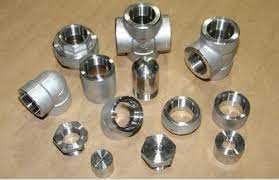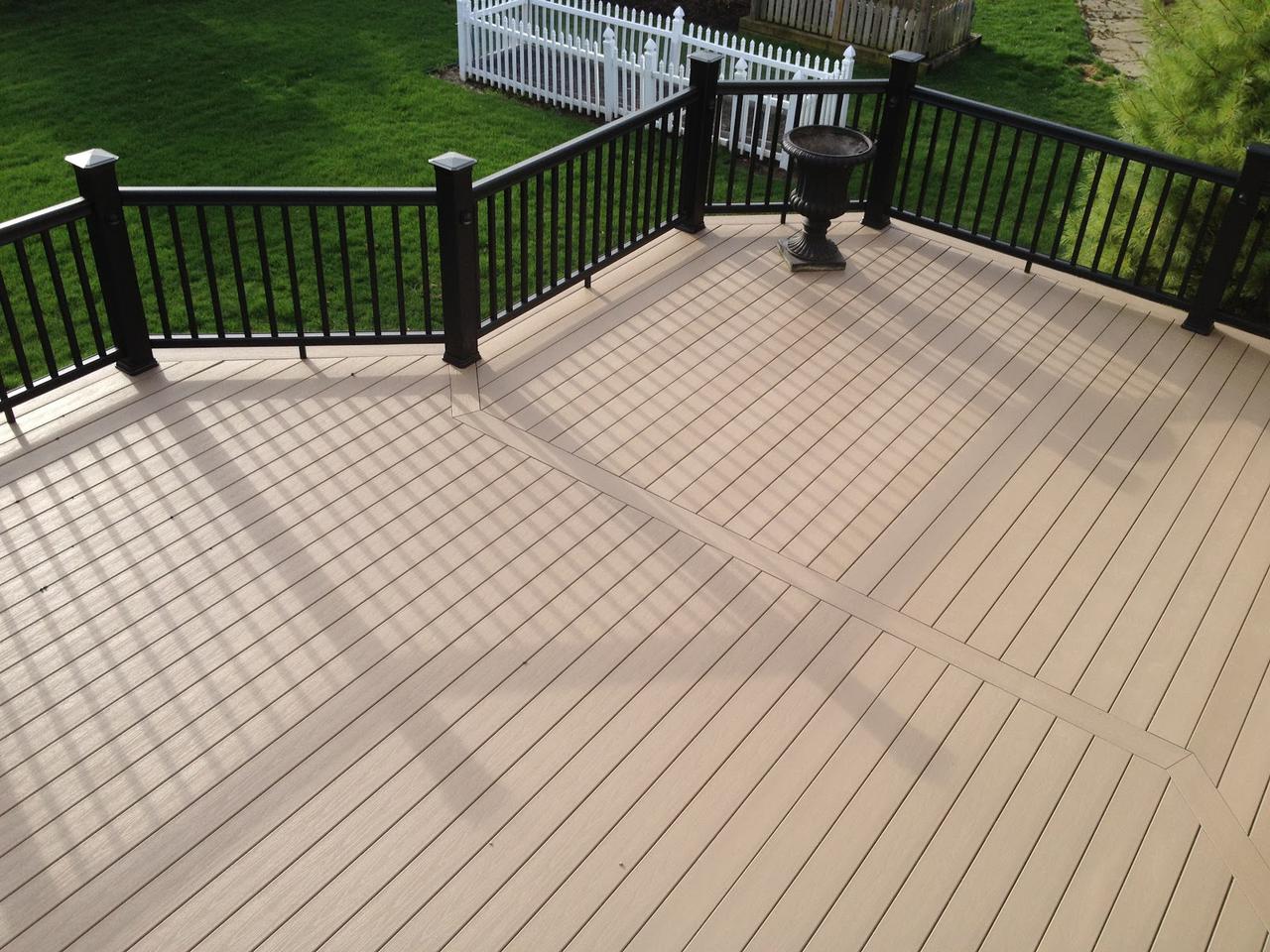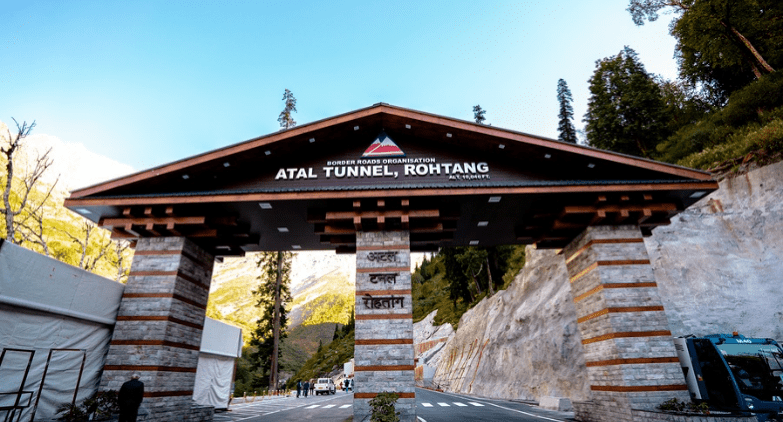All About Incoloy 800HT Pipe Fittings

When it comes to high-temperature applications, Incoloy 800HT pipe fittings are the go-to choice. The alloy is known for its excellent strength, oxidation resistance, and corrosion resistance at elevated temperatures. It is ideal for use in applications such as heat exchangers, power generation, chemical processing, and more. In this article, we will explore the properties, applications, and benefits of Incoloy 800HT Pipe Fittings.
The chemical composition of Incoloy 800HT includes high levels of nickel, chromium, and iron, which gives it excellent corrosion resistance in acidic and alkaline environments. The alloy also contains small amounts of aluminum and titanium that provide increased strength and resist oxidation at temperatures up to 1800°F (980°C).
Incoloy 800HT pipe fittings are utilized in various industries, including petrochemical, oil and gas, power generation, and aerospace. They are the preferred choice where exposure to high temperatures (1600°F – 1800°F) and pressure is expected. These fittings also have excellent resistance to carburization, oxidation, and sulfidation.
One of the significant benefits of using these pipe fittings is its ability to resist cracking and deformation in high-temperature applications. This alloy can withstand thermal cycling, which makes it perfect for applications such as heat exchangers, furnace hardware, and fittings in gas plants. It is also known for its exceptional tensile strength and toughness.
these pipe fittings come in various shapes and sizes, including elbows, tees, reducers, and stub ends. These fittings are customizable to suit the requirements of each client. They are also available in different classes, such as Class 150, 300, 600, and 900. The fittings are manufactured to meet the various standards, including ASTM B366, ASME SB366, and MSS SP-43.
Properties
Incoloy 800HT pipe fittings are known for their exceptional mechanical and physical properties. They offer excellent resistance to oxidation, carburization, and sulfidation at high temperatures up to 816°C. Additionally, they have excellent chemical resistance to a wide range of corrosive environments, including acids, alkalies, and sea water. In terms of physical properties, These pipe fittings have a density of 7.94 g/cm³, a melting point of 1350-1400°C, and a tensile strength of 450-550 MPa.
Uses
Incoloy 800HT pipe fittings are widely used in industries like chemical processing, oil and gas, power generation, and marine engineering. They are commonly used in heat exchangers, furnaces, boilers, superheaters, and other high temperature applications. Additionally, they are used in equipment that requires resistance to corrosion, like sea water desalination equipment, chemical reactors, and sour gas wells.
Advantages
One of the biggest advantages of Incoloy 800HT pipe fittings is their ability to withstand extreme temperatures and pressures. They can also be tailored to specific applications, making them highly customizable. Additionally, These pipe fittings have exceptional resistance to oxidation, carburization, and sulfidation at high temperatures, which makes them ideal for use in harsh environments. They are also highly resistant to corrosion, which makes them suitable for use in corrosive environments.
Disadvantages
One of the main disadvantages of Incoloy 800HT pipe fittings is their cost. They can be expensive to manufacture, which can make them cost-prohibitive for some applications. Additionally, they require specialized welding and fabrication techniques, which can add to their overall cost. Another disadvantage is their low ductility at high temperatures, which can lead to cracking or deformation.
Maintenance
Maintaining Incoloy 800HT pipe fittings requires regular inspection and preventative maintenance. This can include routine cleaning, lubrication, and testing for signs of corrosion or damage. In addition, it is important to ensure that the fittings are installed and operated according to the manufacturer’s guidelines in order to prevent failures or leaks.



